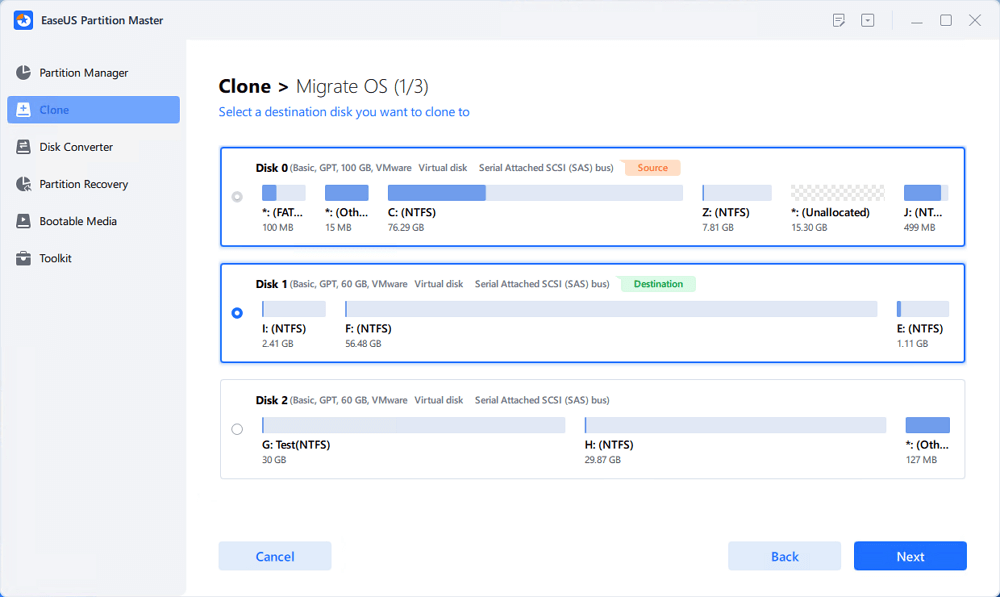

Will create a situation which is hard to diagnosis because computer If you have not properly plugged SSD back into socket tightly, this.It tooks me days to identify the problem and I did once a blunder and my front-panel audio and USB ports Work on one component and if you are little careless, you may disturb Which may disturb the other parts of Motherboard and there will beĪlways the possibilties of creating loose connection. While unplugging SSD with tight socket fittings, you may apply force.Plugging & unplugging SSDs may cause neighboring componentsĬonnection issues and your computer may not start or malfunction and.You should never unplug anything and never mess around your computer Hardware. The removal of this extraneous entry is the role of Part-IV of this answer-session. It is wiser to attempt to remove such an extraneous GRUB entry instead of practicing this 'harmful' method of dual-boot installation. This act of plugging and unplugging of SSDs have been practiced by a few just to avoid "an extraneous GRUB entry is being installed on the EFI Boot Partition of the Windows 10 SSD". The act of plugging and unplugging of SSDs from their sockets for dual-boot installation were discouraged and completely condemned because that act was going to harm your computer hardware. The drive is now formatted and ready for use.In this installation answer session for dual-booted desktop with two separate SSDs, the required procedure will be fully explained in detail. In the Format Partition screen, decide on a Volume label (the name you want to give the drive) and click Next.Leave the Specify Volume Size as the maximum (default value) and click Next.The New Simple Volume Wizard will open, click Next.Right-click in the area that says Unallocated and select New Simple Volume.MBR (Master Boot Record) is best for certain legacy software compatibility, but GPT is better for modern systems and higher capacity storage devices. Select GUID partition table (GPT) and click OK.When Disk Management opens, a pop-up will appear and prompt you to initialize the SSD.In Windows 8 and later, move the mouse to the lower left corner of your desktop and right-click on the Start icon, then select Disk Management. In Windows 7 and earlier, open Disk Management by right clicking on Computer and selecting Manage, then Disk Management.Attach the SSD as a secondary drive and load Windows from your existing drive.Note: if you simply need to format/reformat a drive, only steps 5-9 below will be needed, assuming your SSD has previously been initialized. A clean installation of your operating system or cloning to an SSD will initialize and partition the new SSD.

If you are performing a clean installation of your operating system, or cloning to your SSD, it is not neccessary to follow these steps. Before you can use your new SSD you have to initialize and partition it.


 0 kommentar(er)
0 kommentar(er)
